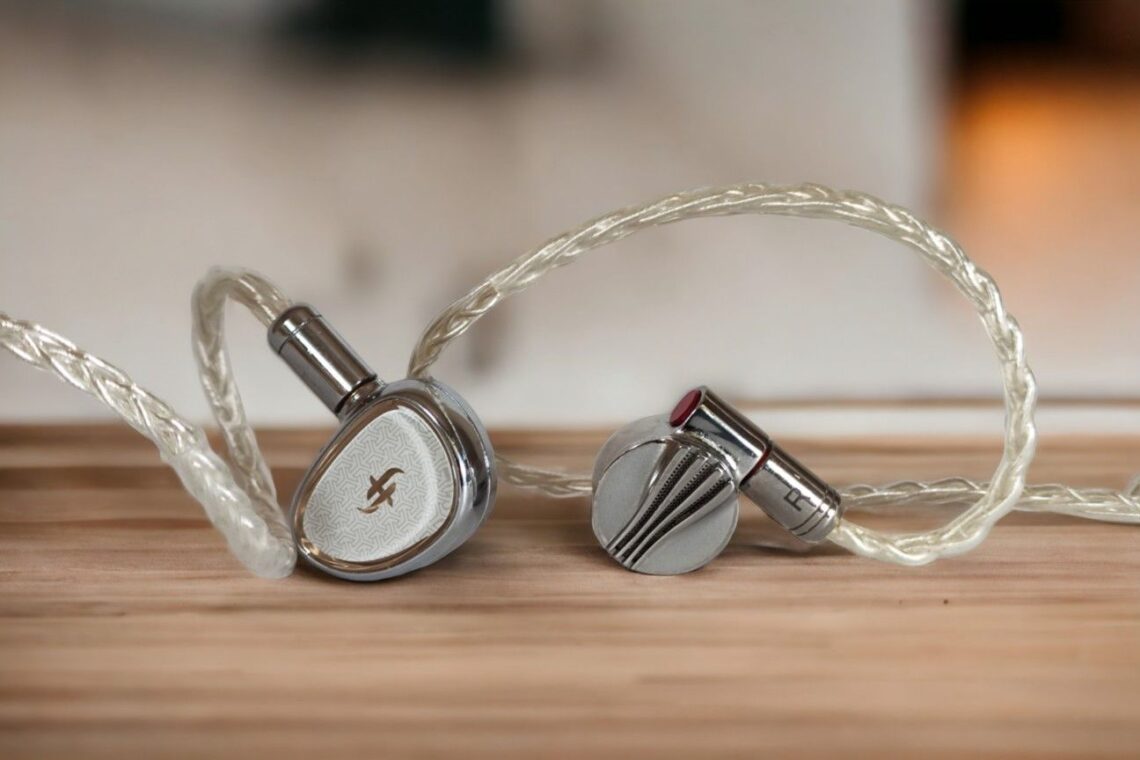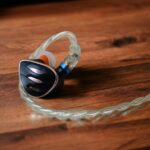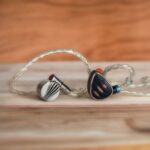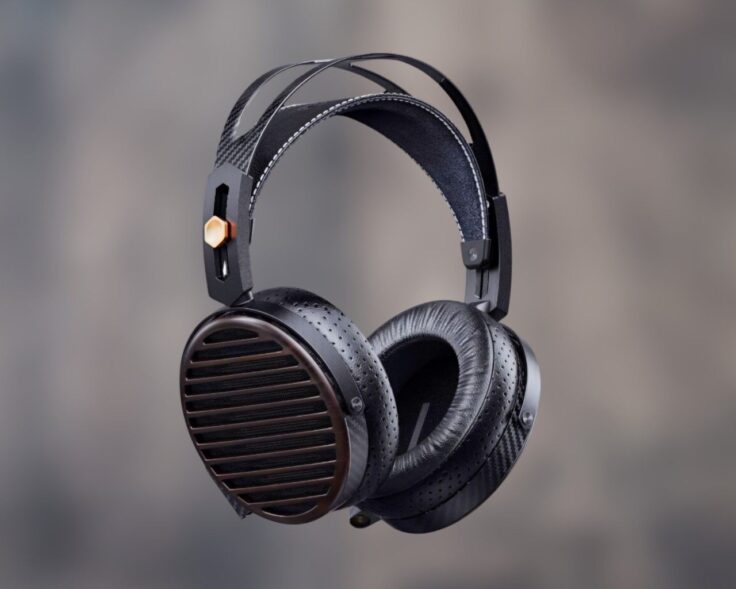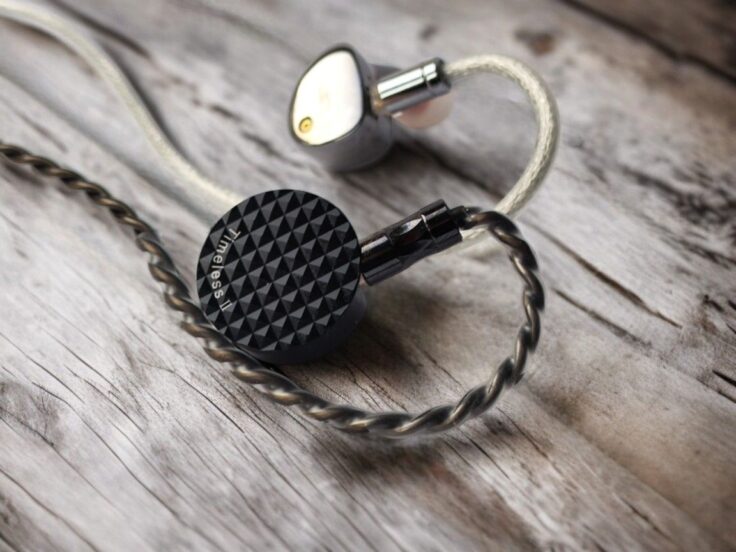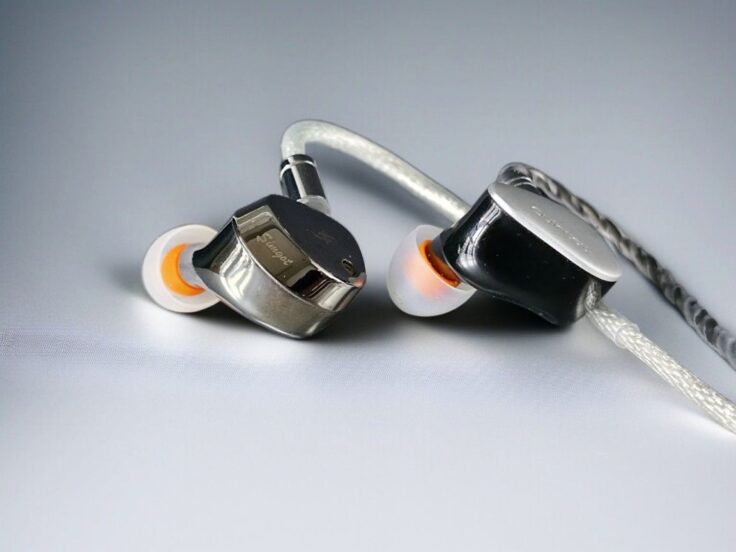Both of these earphones have 12 mm single dynamic drivers and are in the same price range of around 300 USD. The EA2000 was launched in 2023, the FD5 hit the market in 2021.
The EA2000 is Simgot’s current flagship, until the multi-driver EM10 is launched. Still them, the EA2000 will be the single-driver flagship. It has a 12 mm dynamic driver in a semi-closed construction utilizing a passive radiator. A dual-magnet setup delivers a magnetic flux density exceeding 1.9 Tesla, which is quite impressive.
The FiiO FD5 is, as mentioned, also a 12 mm single dynamic driver earphone. The driver magnet has a magnetic flux of 1.5 Tesla, which is pretty high but a bit less than the dual magnets on the EA2000. The diaphragm is made of diamond-like carbon covered with beryllium for extra rigidity. It sits between the FD3 and the FD7 in FiiO’s single dynamic driver earphone lineup.
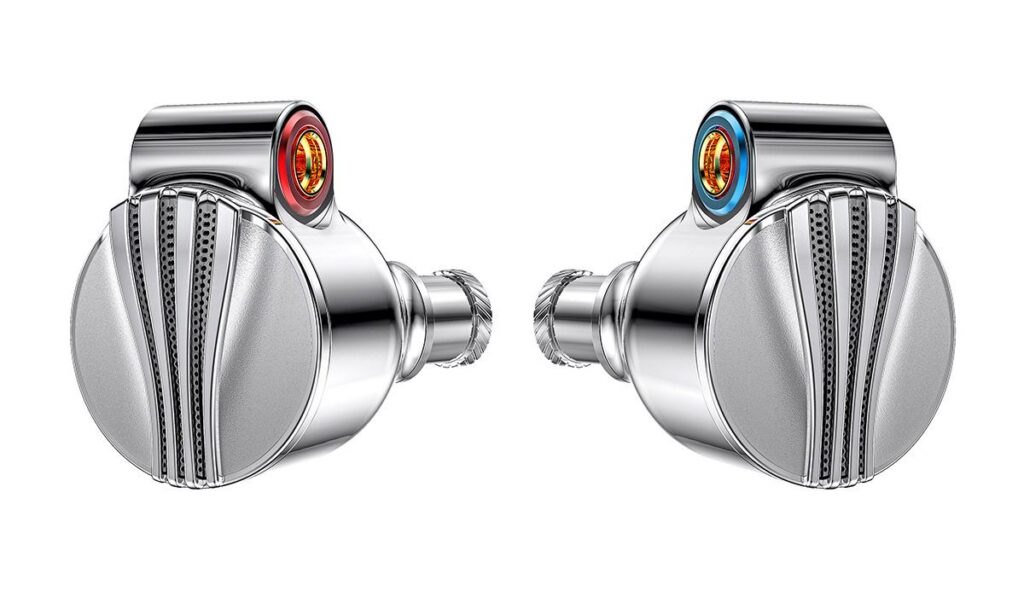
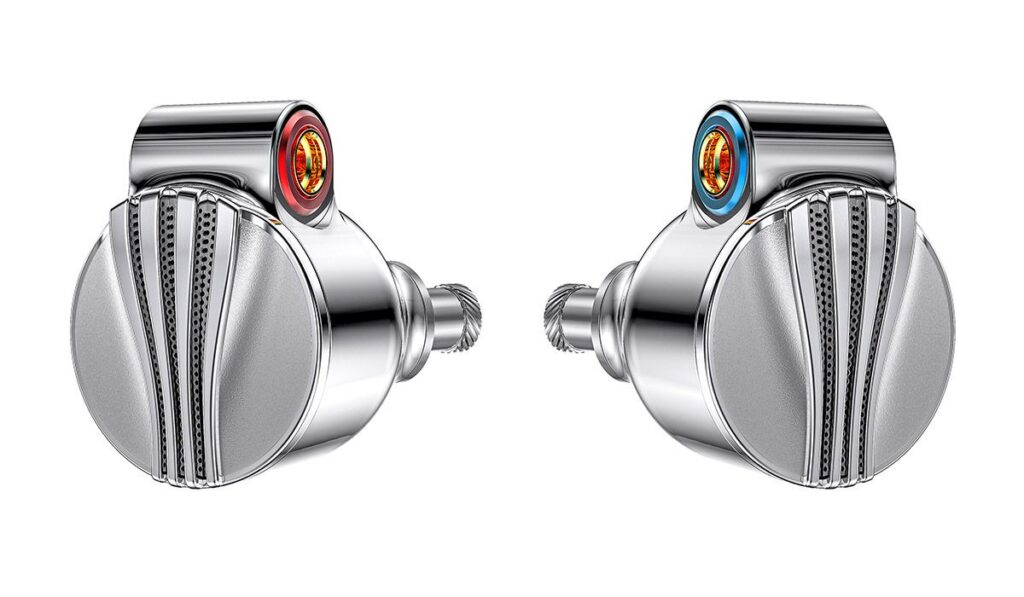
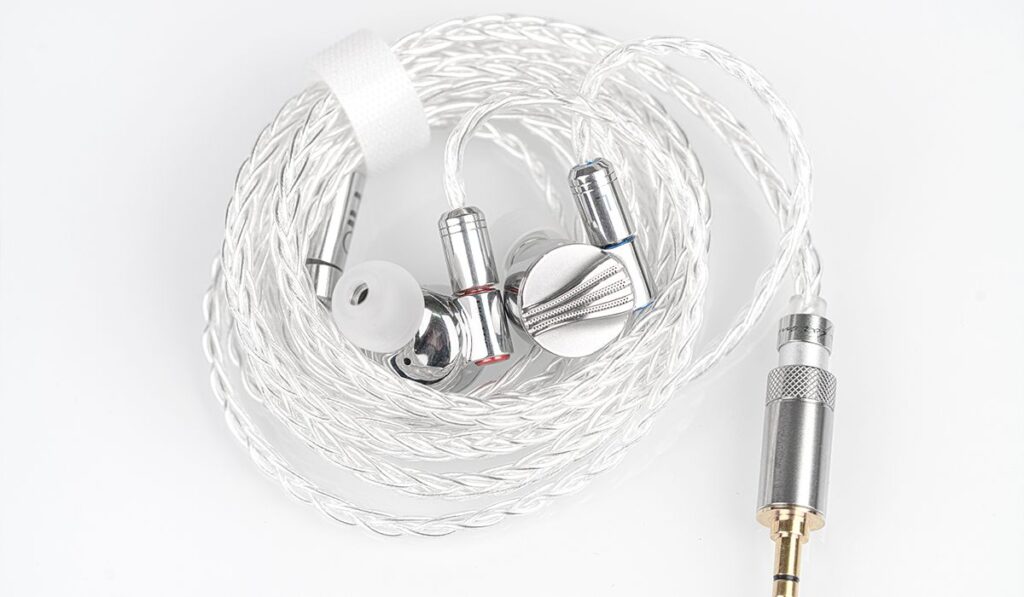
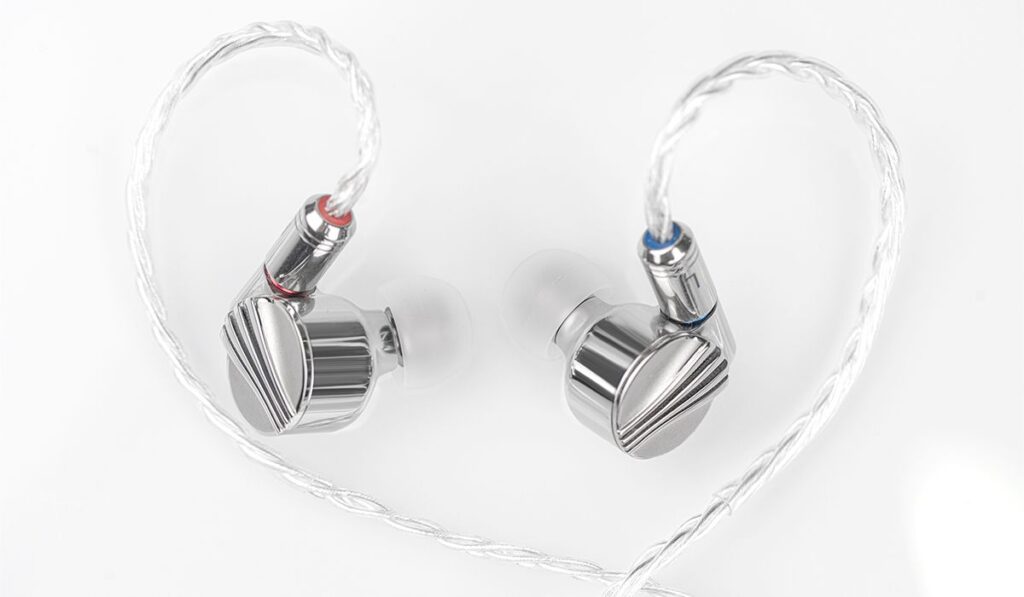
FiiO FD5 SPECIFICATIONS
- Driver: 12mm Beryllium-coated diamond-like carbon (DLC) dynamic driver.
- Frequency response: 10 – 40000 Hz
- Impedance: 32 Ohm
- Sensitivity: 109db/1mW
- Cable: 8 strands of monocrystalline silver-plated copper cable
- Cable length: 120cm
- Connector: MMCX
- Plug Terminations: 4.4 mm TRRS Balanced, 3.5 mm TRS Single-Ended, 2.5 mm TRRS Balanced
Check current price:
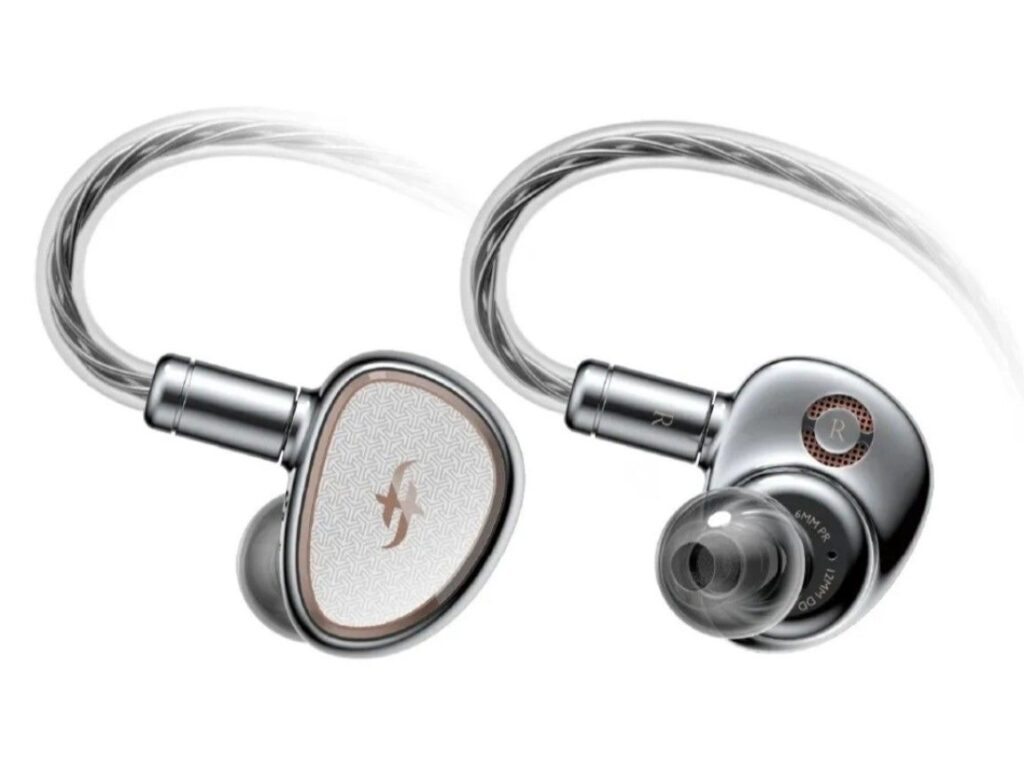
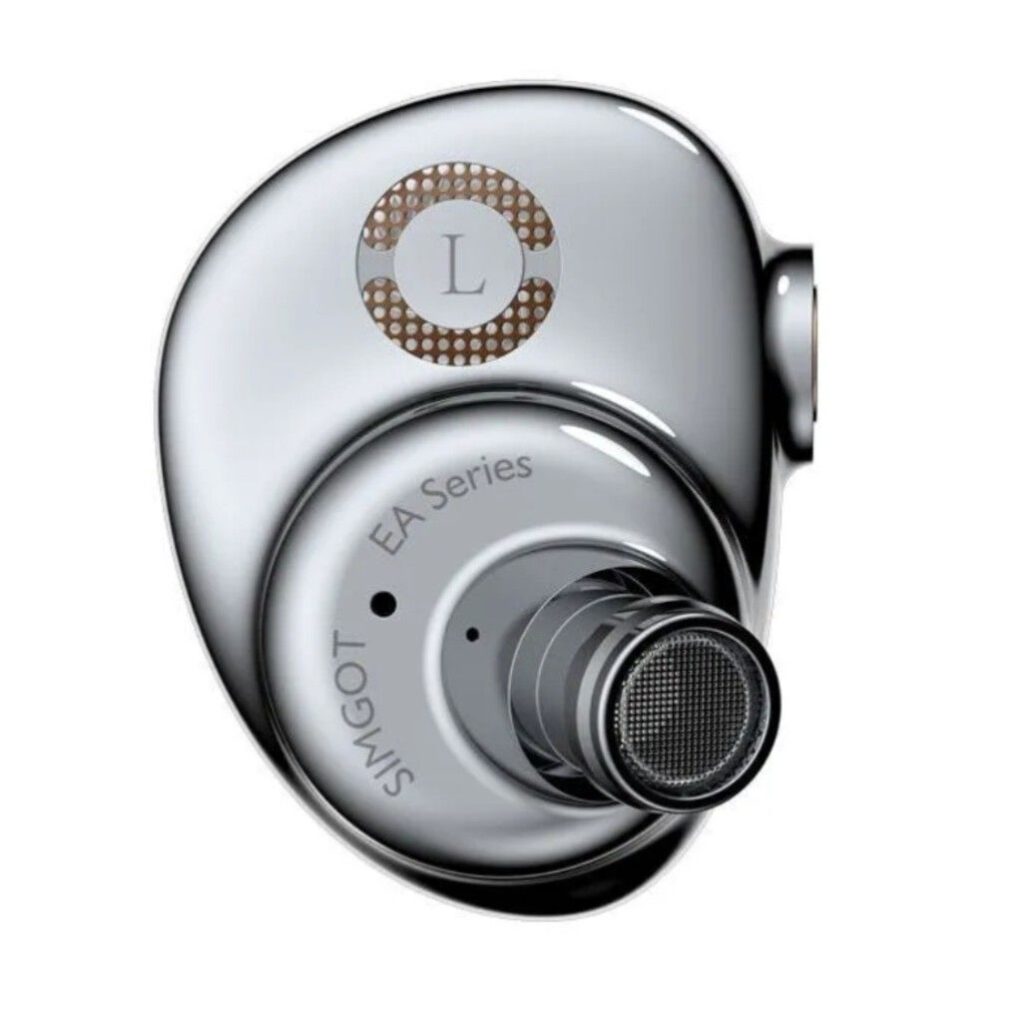
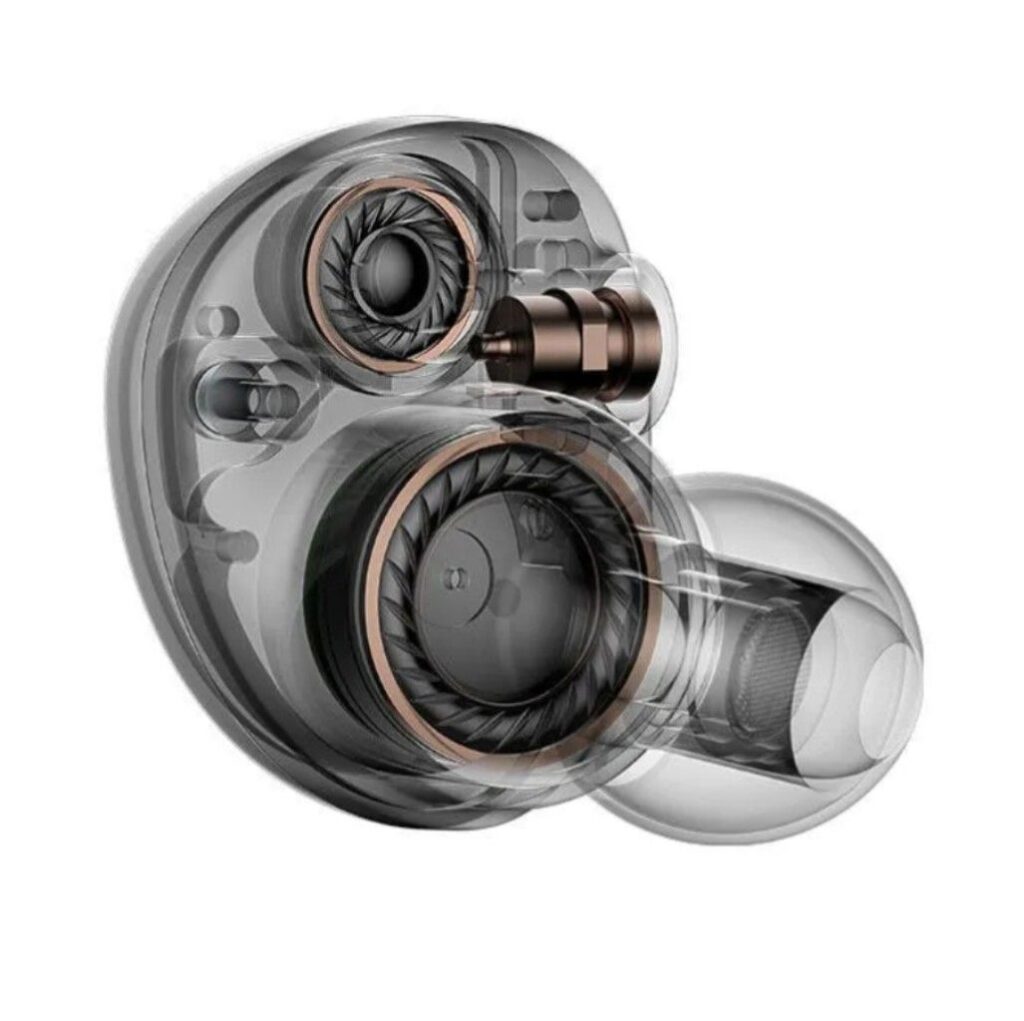
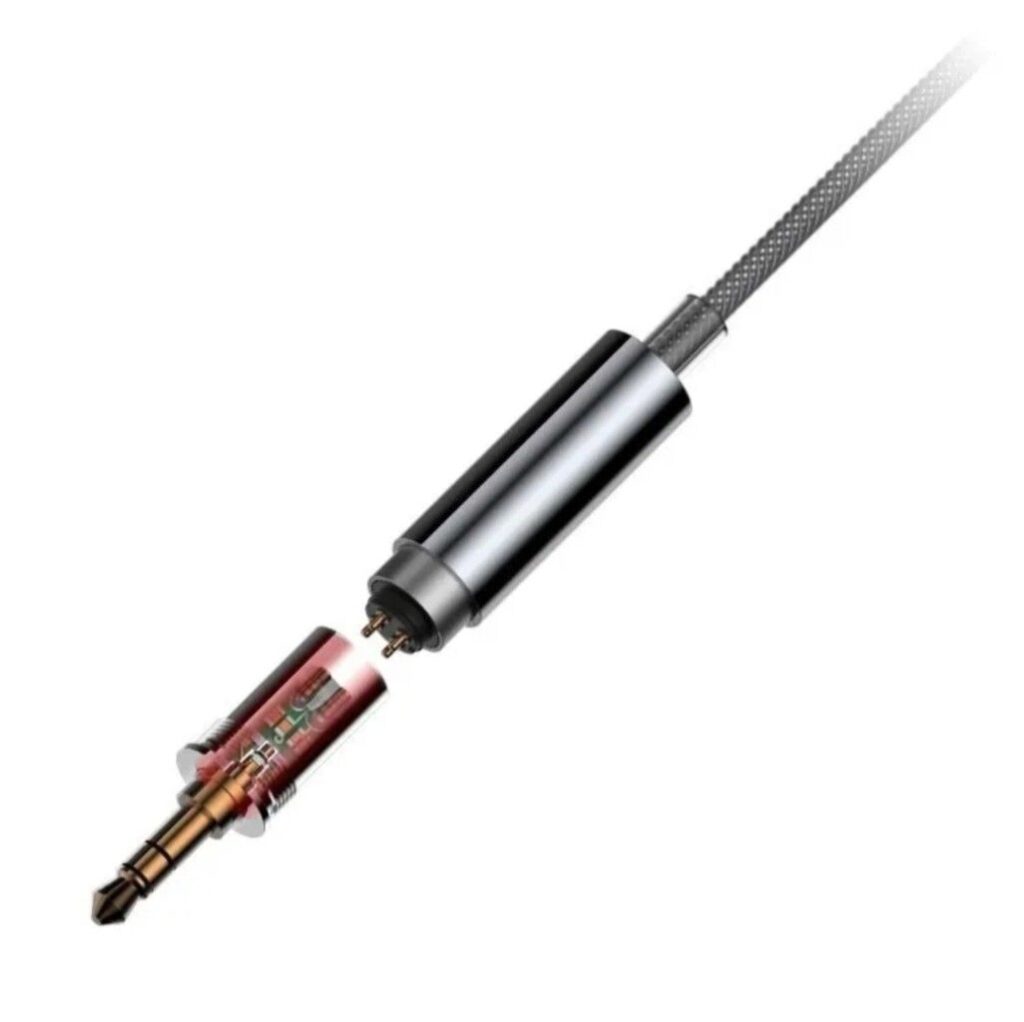
SIMGOT EA2000 SPECIFICATIONS
- 12mm Dynamic Driver (DD)
- 6 mm Passive Radiator (PR)
- Dual Magnetic Circuit and Dual Cavity Structure Dynamic Driver
- 1.9 Tesla Magnetic Flux.
- Impedance: 23 Ω
- Sensitivity: 114 dB
- Effective frequency response range: 20 Hz–20 kHz
- Detachable Cable: 120 cm Silver-Plated OFC Litz Cable 8 Core, 152 Strands
- Earphone Connectors: MMCX
- Cable termination: 3.5mm and 4.4
- Replaceable tuning module plugs are built into the exchangeable cable connectors. There are two tuning options for 3.5mm jacks, but only one for 4.4mm jacks.
Check the current price here:
- Linsoul: Simgot EA2000
- Amazon: Simgot EA2000
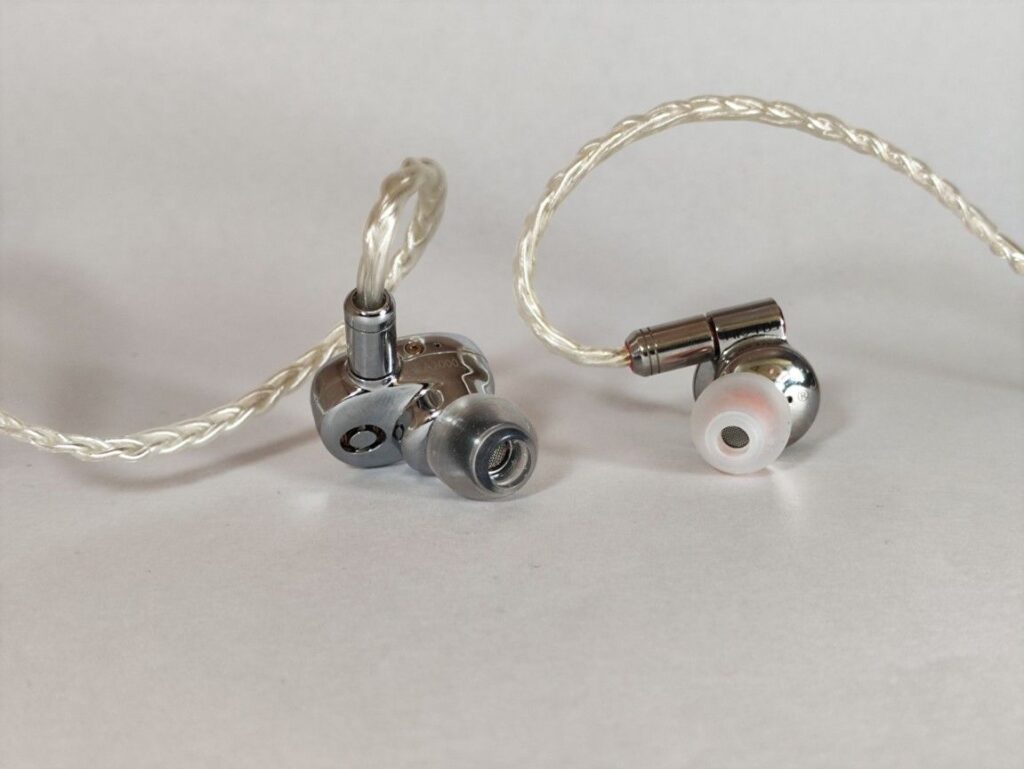
BUILD AND COMFORT
Both are very well-built metal IEMs. They look gorgeous and feel like luxury items. The supplied cables are of good quality, and both come with nice storage boxes.
The EA2000 is larger but quite ergonomically designed; the FD5 is well rounded in the inside but not so much around the face plate. I haven’t really experienced any comfort issues with having them in my ear, but some might appreciate a more rounded design of the face plate edges of the FD5.
TUNING OPTIONS
The FiiO FD5 comes with two nozzles , one wide / normal and one narrow that increases the bass. There are all so supplied arrange of tips that have different characteristics. I have used the normal size nozzles and my regular Spinfit CP145 tips.
The EA2000 comes with two different 3.5 mm jack adapters. One of them sounds like a clean wire and the other makes the sound warmer and lusher. I have used the clean one in this comparison along with my Azla Crystal tips because they gave me a good seal easily and sound very similar to the Spinfits used in the FD5.
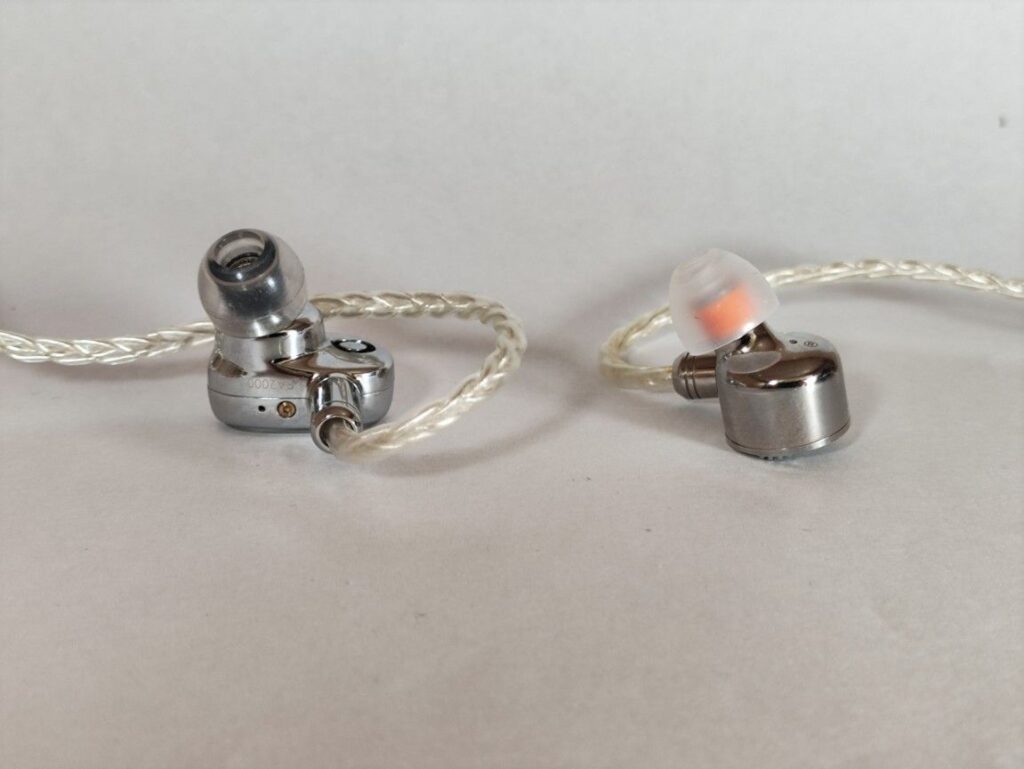
COMPARISONS
Associated equipment: Topping A90 as amplifier with the RME ADI-2 DAC FS as the source. The RME sounds excellent by itself, but it’s more practical for me to use the Topping.
I also tried using the warmer-sounding Rebel Amp. It is an excellent match with the EA2000. Even though it sounds a bit warmer than with the Topping, the main differences between the two IEMs are consistent across the amplifiers I tried.
Hope in the Air by Laura Marling
The most immediate differences are that the vocals are secure and warmer-sounding with the FD5, something that really suits this track. With the EA2000, the focus is a lot more on the instruments and the ambient sounds; with the FD5, Marling’s beautiful vocals are at the center of attention. Both earphones have a very natural tonality, are extremely detailed, and are quite well balanced, but I do prefer the mid-range focus of the FD5.
Sunrise by Norah Jones
The FD5 has a delicious presentation of Norah Jones‘ vocals. The bass is very present—almost a bit much. With the EA2000, the vocals are still upfront but crisper and brighter sounding. The bass isn’t as full; it’s quite neutral and better balanced. Both earphones are wonderfully detailed.
The Gold Gate by Todd Sickafoose
Here, the standing bass is relatively equally present with both earphones, although the FD5 still has a bit more quantity and a rounder presentation. It generally comes off as a bit smoother; the EA2000 is crisper and tighter.
Some Day My Prince Will Come by Coryell-Coryell-Vitous
This acoustic jazz piece sounds great on the EA2000. There’s plenty of detail, and the sound is well balanced. Every instrument sounds natural. The bass is full-bodied.
Moving to the FD5, the guitar sounds significantly warmer. It sounds thicker in a very nice way. The bass is even fuller. The space between instruments becomes smaller, and even though imaging is good, it is not as good as the EA2000. They both feel equally detailed.
Midnight City by M83
Both are very detailed, with great layering. The FD5 has a fuller-sounding midbass, which gives it some meatier sound. The EA2000 is a bit more focused on details and separation; the FD5 is more full-bodied yet still highly detailed.
Sit Down, Stand Up by Radiohead
Both are very enjoyable. The electronic percussion in the intro is more articulate with the EA2000. The soundstage is more expensive, but vocals are pulled a bit back in the mix. The bass is noticeably tighter with the EA2000.
Jambi by Tool
There is quite a difference between the two on this track. The FD5 is darker, warmer, and fuller-sounding, while the EA2000 is crisper, tighter, and brighter. The bass is more dominant with the FD5; the upper midrange and treble get more attention with the EA2000, which sometimes becomes sibilant, something the FD5 does not.
Smile by Pearl Jam
They’re less dissimilar here, but they definitely have two separate sounds. The EA2000 is tighter, snappier, and crisper. The vocals get a bit sibilant, as can happen with some earphones with this track. The FD5 has a warmer and more intimate sound with no edginess or sibilance.
Escape Route by Boris Blank
Both are very nice-sounding. The bass is a bit tighter with the EA2000; the percussion in the upper midrange and the treble is a bit more pronounced, while the FD5 is fuller, smoother, and warmer.
Brahms Symphony No.2 III by Paavo Järvi
This great symphonic piece sounds perfect with the EA2000. Everything sounds very natural and organic; it is easy-flowing and dynamic in a very natural-sounding way. It is also very spacious without sounding artificial.
The FD5 sounds great. It is, however, not as light-footed; it sounds a bit thicker and slower, darker and warmer, and less spacious. By itself, the FD5 sounds marvelous, but in direct comparison, it is very clear that the EA2000 is even better.
Young Vivaldi Violin Concerto RV 813 III by Ensemble Modo Antiquo
Both sound airy, natural, and detailed with the strings. However, I find the EA2000 to be even better than the already great FD5.
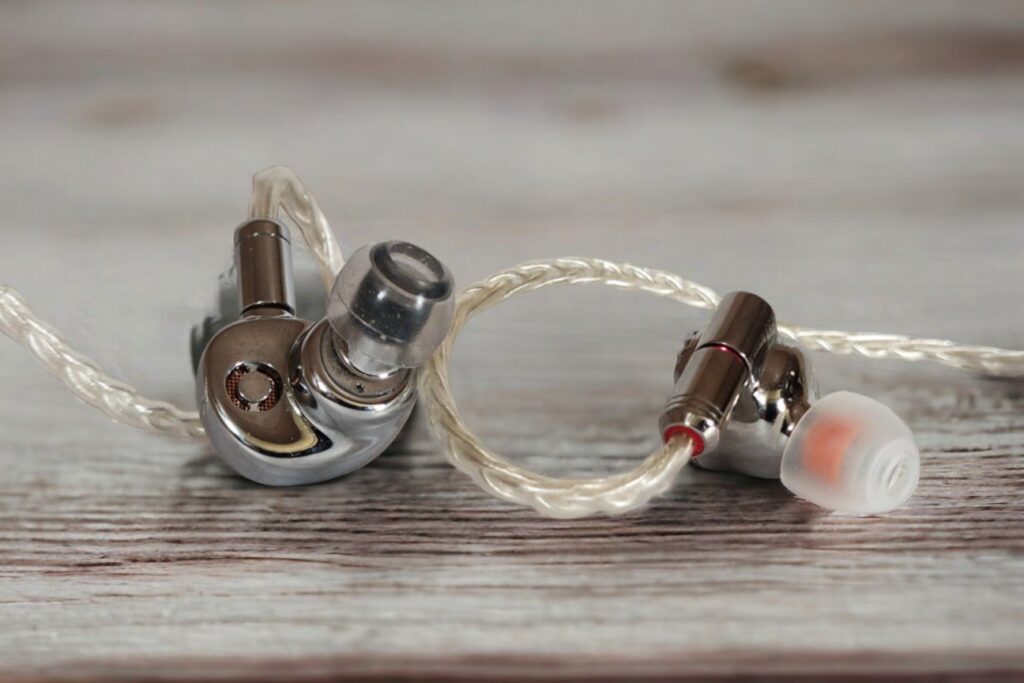
WRAPPING IT UP
Sounds Signature: The EA2000 is brighter, with a crisper treble and upper midrange. The FD5 has a more generous midrange and stronger midbass presence; it is a warmer-sounding earphone with a thicker voicing that often is very appealing. It can also be too full-sounding, depending on the music and personal preferences.
Treble
They both have a high-quality, clear, and present treble that sounds very natural. The EA2000 is often perceived to be brighter and crisper, with more articulated highs and more air. The FD5 sounds more laid back and liquid.
Midrange
This is where they differ the most. The EA2000 has a somewhat polite-to-neutral-sounding midrange, while the FD5 is quite warm, full, and somewhat thick. Both have good detail.
Bass
They both have a rather organic and well-rounded bass presentation, yet with great definition, extension, and detail. The FD5 has, however, a thicker-sounding bass; the EA2000 is tighter. The FD5 especially has more midbass presence, which contributes to a warmer sound signature.
Soundstage and Imaging
They’ve both got a great open soundstage, but the EA2000 has a somewhat larger sound with more air, and the imaging is more precise. Layering is very good on both.
Dynamics, Detail and Timbre
I tend to find them equally dynamic and detailed, generally speaking. However, the thicker and fuller midbass and midrange of the FD5 make details a bit less pronounced. The EA2000 puts detail upfront, while the FD5 has a more subtle presentation.
With regards to timbre, they both sound very natural and organic. However, the FD5 is warmer and often perceived as more “musical”, relatively speaking, while the EA2000 is a bit more “technical”.
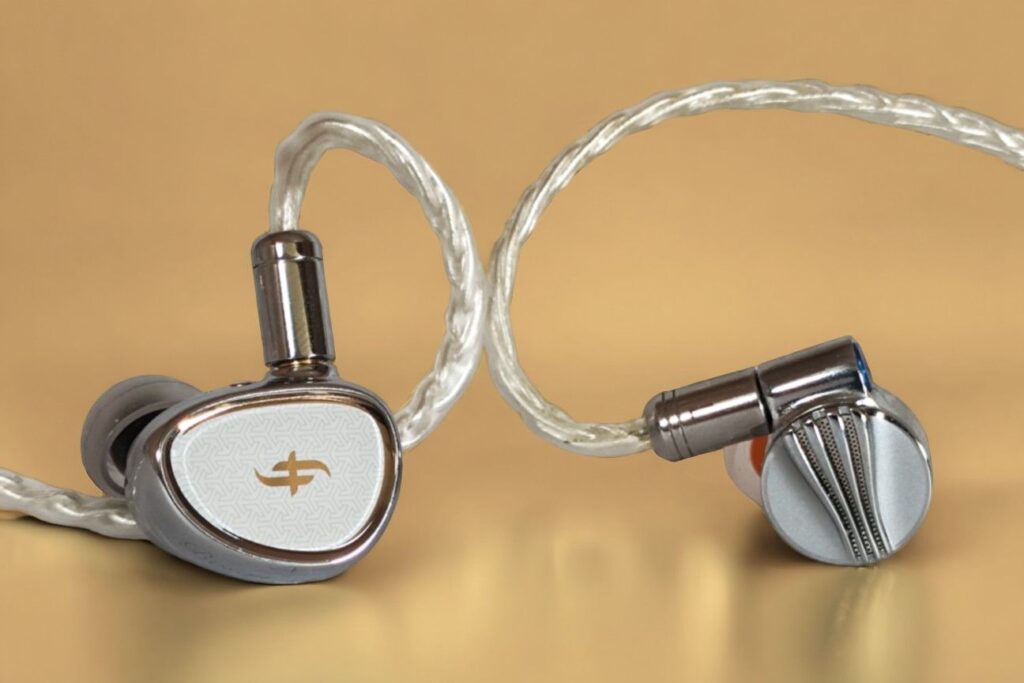
CONCLUSION
In conclusion, which of the two I prefer depends a lot on the music. For vocals and acoustic jazz, the FD5 is a favourite. For classical orchestral music, the EA2000 is superb. For rock and electronic music, they have different strengths, with the FD5 being smoother and the EA2000 being more crisp and detail-focused.
Support us by purchasing EA2000 here:
- Linsoul: Simgot EA2000
- Amazon: Simgot EA2000
Support us by purchasing FD5 here:
Any purchase you make on Amazon or Linsoul with any of our affiliate links will give us a small provision at no cost to you.
We only get a provision for items that are not returned, so there’s no incentive for us to recommend something that’s not good.
Linsoul : Headphones, Earbuds, Wireless Earbuds, Desktop DAC/AMP, Portable DAC/AMP, Digital Audio Players,
Amazon: Headphones, IEMs, Headphone Amplifiers, Home Audio or Anything else.
.
If you enjoyed this article or other content on The Headphoneer, you might consider leaving a small donation to keep this website up and running. No donation is too small. Thanks for supporting us!
If you like our work please follow us on Instagram, Facebook and Twitter , it will help us grow. Sharing is caring 🙂


